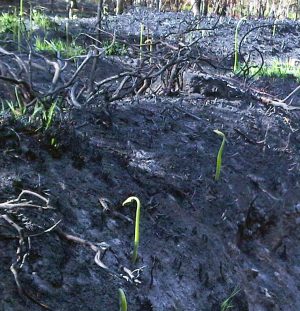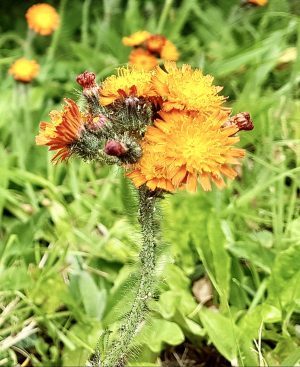Woodland web updates : 23

No match for nonpareil ?
Many varieties of apples have been around for centuries. For example, the nonpareil which was bred (in France) back in 1696, the Egremonet russet much admired for its flavour and appearance dates from Victorian times. The Cox's Orange Pippin is a cultivar first grown at Colnbrook in Buckinghamshire by Richard Cox. By end the of the C19th, the Cox’s pippin was one of the most popular apples.
However, there is a concern for these heritage apples in our changing climate. In recent years, we have experienced warmer and wetter winters. Such winters do not offer enough chilling hours for these trees. Many trees need a period of cold in the winter months, where the temperatures are below 6oC but above freezing. About 1000 chilling hours are needed for apples such as the nonpareil. However, winters are present are offering approximately 600 chilling hours.
Gala apple trees (developed in New Zealand) need only 600 chilling hours but it might be that they will not respond well to the wet winters we (currently) experience. Some feel that they do not offer the complex flavours of ‘classic apples’.
Kew Gardens has now planted a varied selection of apple trees
- One third are heritage apple trees
- One third are ‘new’ varieties needing fewer chilling hours
- One third are varieties from countries warmer than the UK
Over the coming years, the trees will be monitored to see which ‘do best’ in terms of cropping in London’s warming temperatures.
The apple-growing industry in the UK is under considerable strain, with many growers unable to afford replanting this year. Growers ‘refresh’ their orchards regularly, replacing older trees with new ones, but now many cannot afford to do this. The sector is struggling with
- a shortage of workers - made worse since the UK's exit from the European Union
- high energy costs
- low returns from the supermarkets that buy their produce
The option to ‘buy British’ may become a much rarer option. Further details here
 Recovery after forest fires.
Recovery after forest fires.
Bacteria and fungi are the first to start rebuilding from the charred remains of burnt forest and woodland. The number and variety of microbes falls dramatically after a fire. Then, there was a microbial succession in the burned soil, that is, the number and types of bacteria and fungi changed quite quickly, with fast growing types able to advantage of the reduced competition for resources. The situation is not dissimilar to what happens to our gut microbiome when we have to take antibiotics. Antibiotics ‘knock out’ many of the useful bacteria in our gut, but gradually the microbiome is re-established.
 Reporting on weeds.
Reporting on weeds.
It seems that our gardens may be home to ‘new’ or unusual species of plants. The Royal Horticultural Society would like gardeners to report on interesting ‘weeds’ that might find as they could be rare plants or plants growing in unusual places / areas. You are asked to take photographs of anything that you find interesting and upload the images to iNaturalist.
Reporting on unusual plants is not the only thing that the RHS is interested in. There are other garden projects that one can contribute to, for example, reporting sightings of garden pests such as the berberis sawfly, cellar slug, hemerocallis gall midge, lily beetle, rosemary beetle and spittlebug.
Comments are closed for this post.
